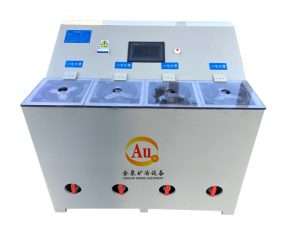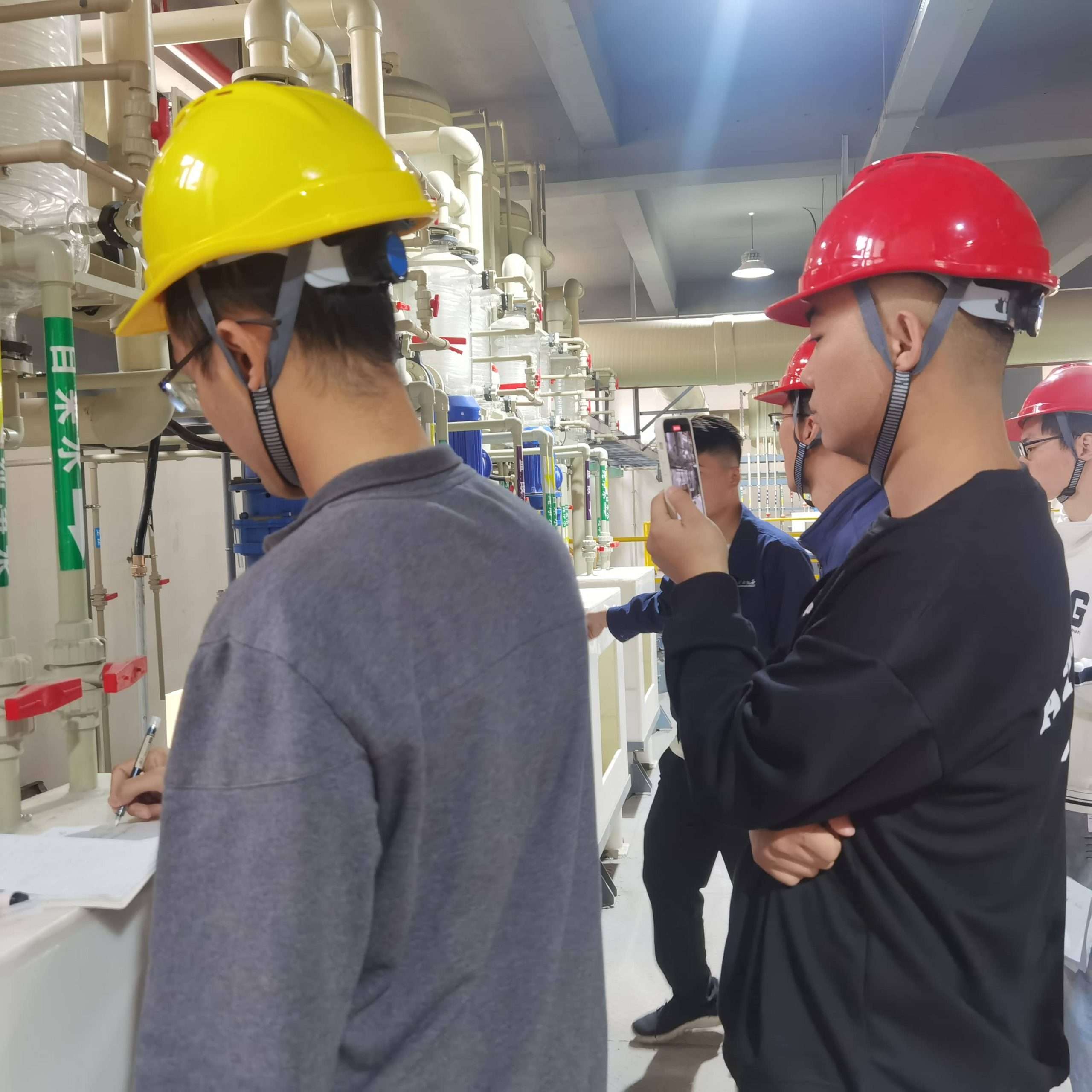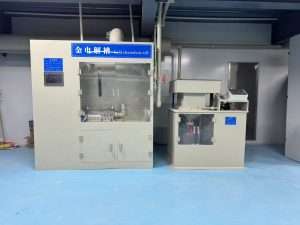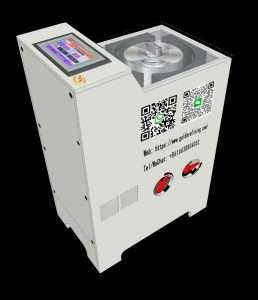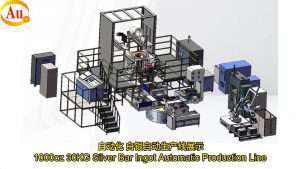1. Alkali fusion separation: Mix the material evenly with a certain proportion of sodium hydroxide and sodium peroxide, and calcine at 800°C for 8-12 hours. After cooling, take it out and break it into pieces. Use water to leach the sodium salt to obtain iridium oxide precipitate.
2. Dissolution in aqua regia: filter the residue after water immersion, and then dissolve it in aqua regia after drying to obtain an iridium-containing noble solution.
3. Oxidation precipitation: Add oxidant and ammonium chloride to the iridium solution for precipitation. A black ammonium chloroiridate precipitate was obtained.
4. Dissolution in aqua regia: The obtained ammonium chloroiridate undergoes repeated precipitation and dissolution to obtain a higher purity chloroiridic acid solution.
5. Vulcanization and impurity removal: The filtrate is sulfated and refined at room temperature, and ammonium sulfide is slowly added. Stir continuously until the first vulcanization is completed, seal and let stand for 24 hours. After filtration, the sulfide is recovered for precious metals, and the filtrate needs to be secondary sulfided.
Keeping the vulcanization conditions the same, heat the quartz for 1 hour, then cool and filter. Take a sample to analyze the purity of iridium. Once the purity is qualified, oxidation precipitation can be carried out.
6. Oxidation precipitation: To refine the qualified iridium solution, first add hydrogen peroxide, add 20ml of hydrogen peroxide for every 100g of iridium, heat and concentrate until ammonium chloride crystals precipitate on the surface. Then add 100ml concentrated hydrochloric acid per 100g, and slowly add nitric acid for oxidation. At this time, black ammonium chloroiridate will be produced. Continue heating for half an hour until the color of the solution becomes lighter. Cool and filter, and wash with 15% ammonium chloride solution until the filtrate is colorless and transparent.
7. Calcination reduction: Transfer the pure ammonium chloroiridate precipitate to a clean container, cover it, and calcine at 450°C. A large amount of white smoke will be released and calcined for 2 hours. After calcination and cooling, iridium oxide powder is obtained, which is transferred to a quartz boat for hydrogen reduction. Reduction conditions: raise the temperature to 400°C and flow in carbon dioxide for 10 minutes, then switch to hydrogen and continue to raise the temperature to 900°C. The holding time is determined according to the amount of material, usually about 3 hours. After completion, stop heating, and when cooling to 400°C, switch to carbon dioxide until the temperature drops below 100°C. That is, the reduction of iridium powder and the overall preparation process are completed.
Call us now:
